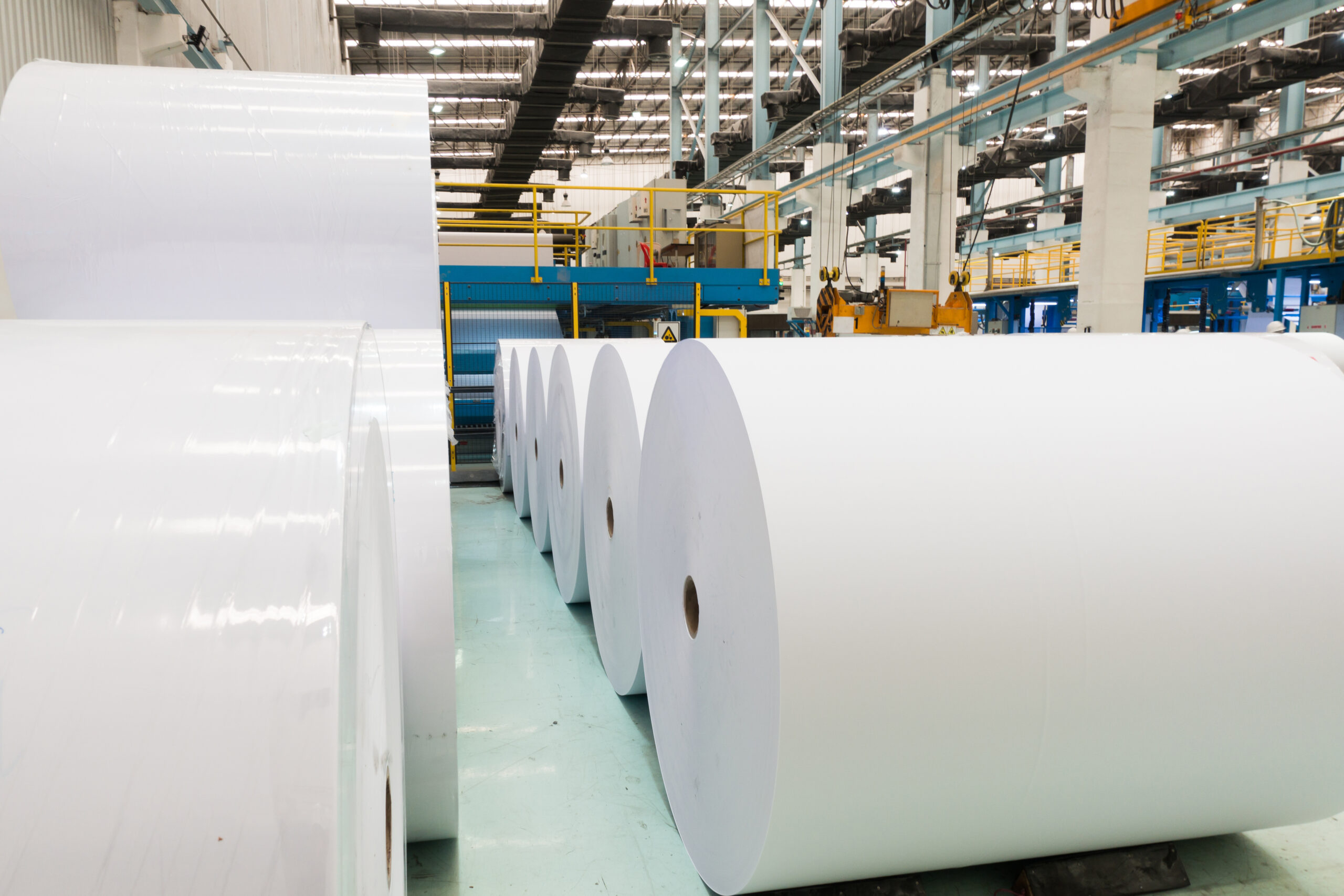
When you are designing your printed piece, the paper you choose is one of the most important components.
At Copycats we will guide you through the options and make recommendations about the best paper for your unique project.
It’s not just about the color or sheet size. The brightness, weight and finish of the paper all have to be considered. Additionally, depending on the ink coverage that your project needs some papers are more suitable than others. Finally, how your final product will be used needs to be taken into consideration.
Bottom-line, there is no one “right paper”. Each print job is different.
To help understand paper, the following is a Primer on paper. But don’t worry there won’t be a test on this!
Paper Brightness:
A paper’s brightness is measured in terms of how much blue light is reflected from it. It doesn’t necessarily mean how white (or yellow or pink) your paper is, but rather how much blue light it reflects on a wavelength.
Paper brightness is measured on a scale of 0 to 100. This scale determines how much light is reflected from the surface of a sheet of paper. The higher the number, the brighter the paper. For example, paper with 98 brightness is slightly brighter than paper with 97 brightness.
Depending on the usage of your print project, you may want to choose a brighter paper or slightly dimmer paper.
Short and sweet? Go bright: Choose brighter paper for short documents and bulletins. Brighter paper offers a stronger contrast with black ink, making your brief message easier to read with maximum impact. To offer a stronger contrast between black ink and your paper, opt for a bright white paper with a range of 92 to 100 brightness.
Warm Tones, Bright Paper: If you’re printing a document with visuals or logos that incorporate warmer tones printed on the page (red, yellow, or orange), opt for brighter paper. The balance of blue light reflected from the page will make those warmer colors pop. Once again, paper with a brightness level of 92 to 100 is ideal for balancing this contrast.
Longer Message? Make It Easy On the Eyes: Longer documents such as a lengthy training manual that need to be read and digested over an extended period of time may call for paper that is less bright (92 to 96 level brightness, if you’re opting for the more standard levels of paper brightness). If someone will be reading your printable document over a longer span of time, paper that reflects less blue light may produce less strain on the readers’ eyes.
Paper Weight:
The basis weight or grammage of paper can be a complex subject. The simplest explanation is that the weight of a given grade of paper is defined as the weight in pounds (#) of 500 standard-sized uncut sheets of that paper. For instance if 500 sheets of 17"x22" bond type paper that have a weight of 20 lbs., it is standard 20 lb. copy paper. Other types of paper such as newsprint, or may have their weights determined based on different basis sheet size or number of sheets per ream.
Paper Type:
Bond: Most commonly used for letterhead, business forms and copying. Typical basis weights are 16# for forms, 20# for copying and 24# for stationery.
Text: A high-quality grade paper with a lot of surface texture. Basis weights range from 60# to 100# with the most common being 70# or 80#.
Uncoated Book: The most common grade for offset printing. Typically it ranges from 50# to 70#.
Coated Book: Has a glossy finish that yields vivid colors and overall excellent reproduction. Basis weights range from 30# to 70# for web press, and 60# to 110# for sheet press.
Cover: Used in creating business cards, postcards and book covers. Can be either coated or uncoated. Basis weights for this grade are 60#, 65#, 80# or 100#.
Coated vs. Uncoated Stock:
Uncoated stock paper is comparatively porous, inexpensive, and is typically used for such applications as newspaper print and basic black-and-white copying.
Coated stock, by contrast, is made of higher quality paper having a smooth glossy finish that works well for reproducing sharp text and vivid colors.
